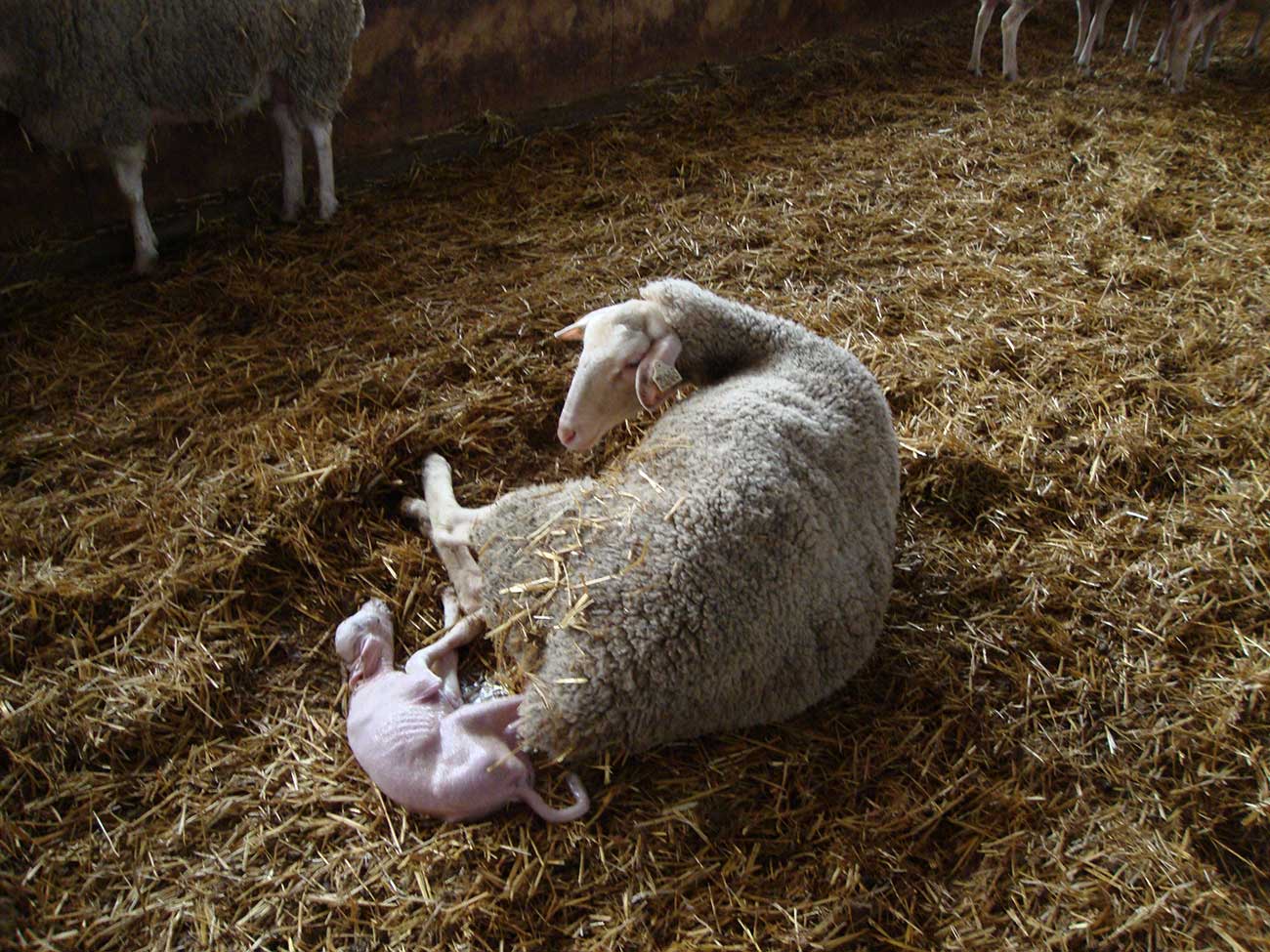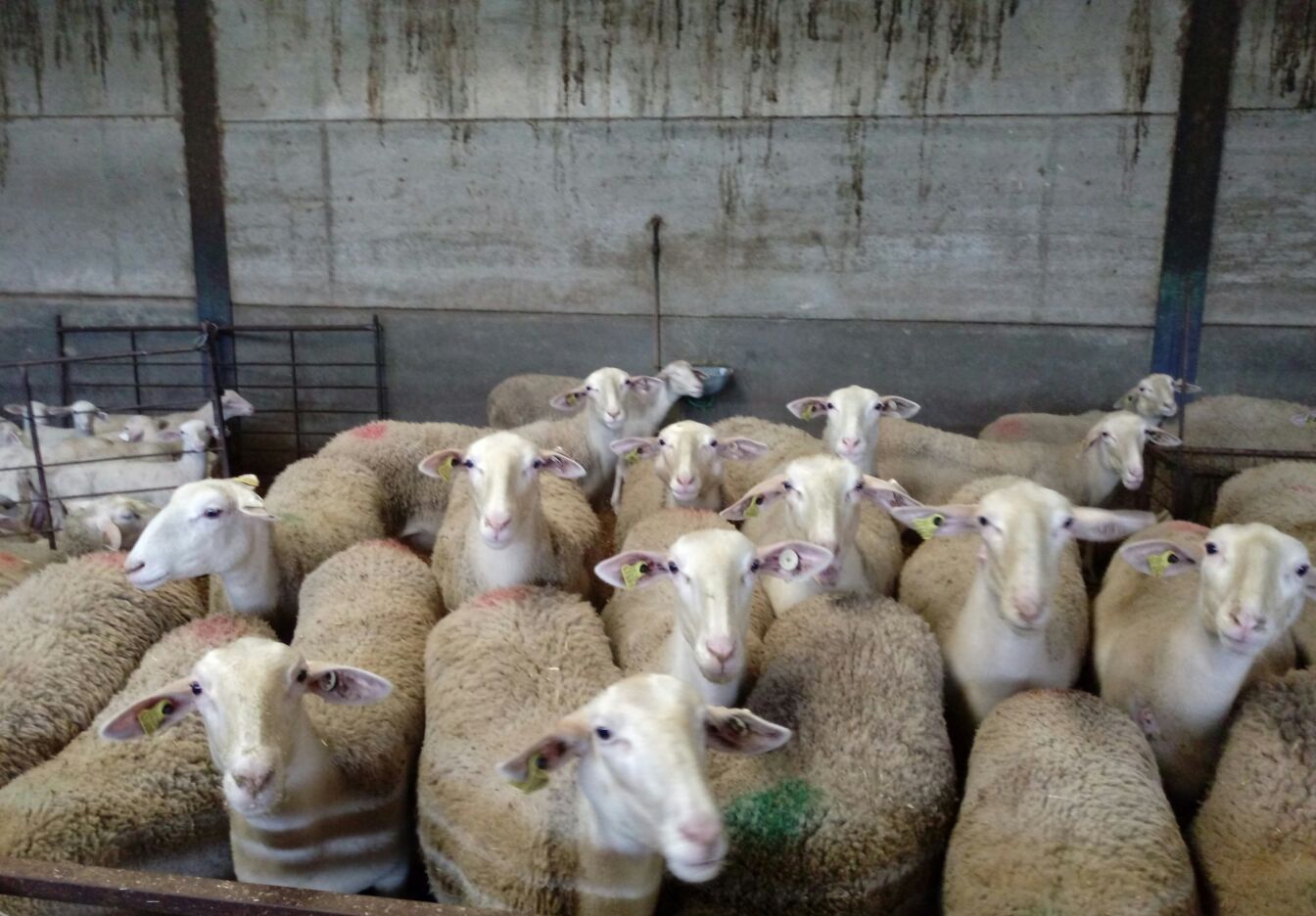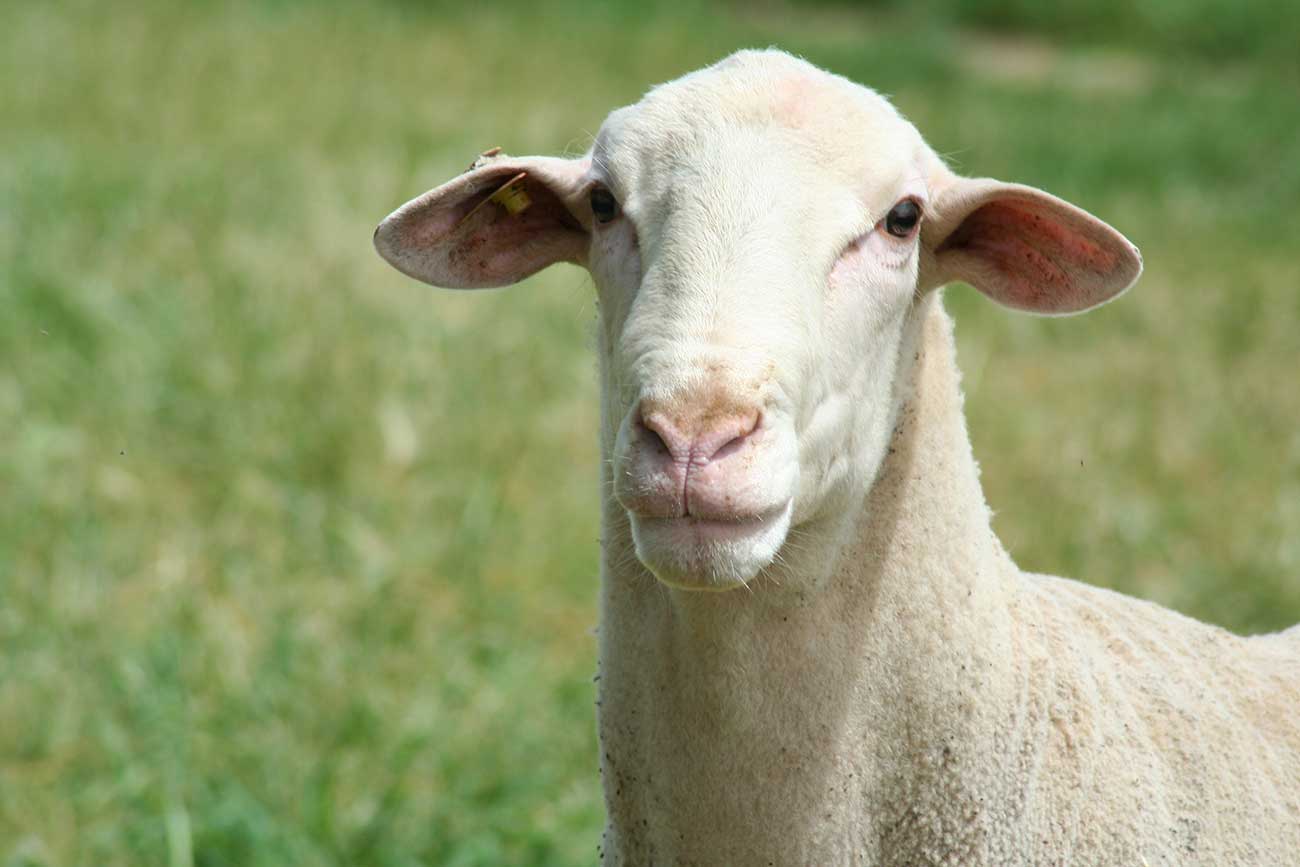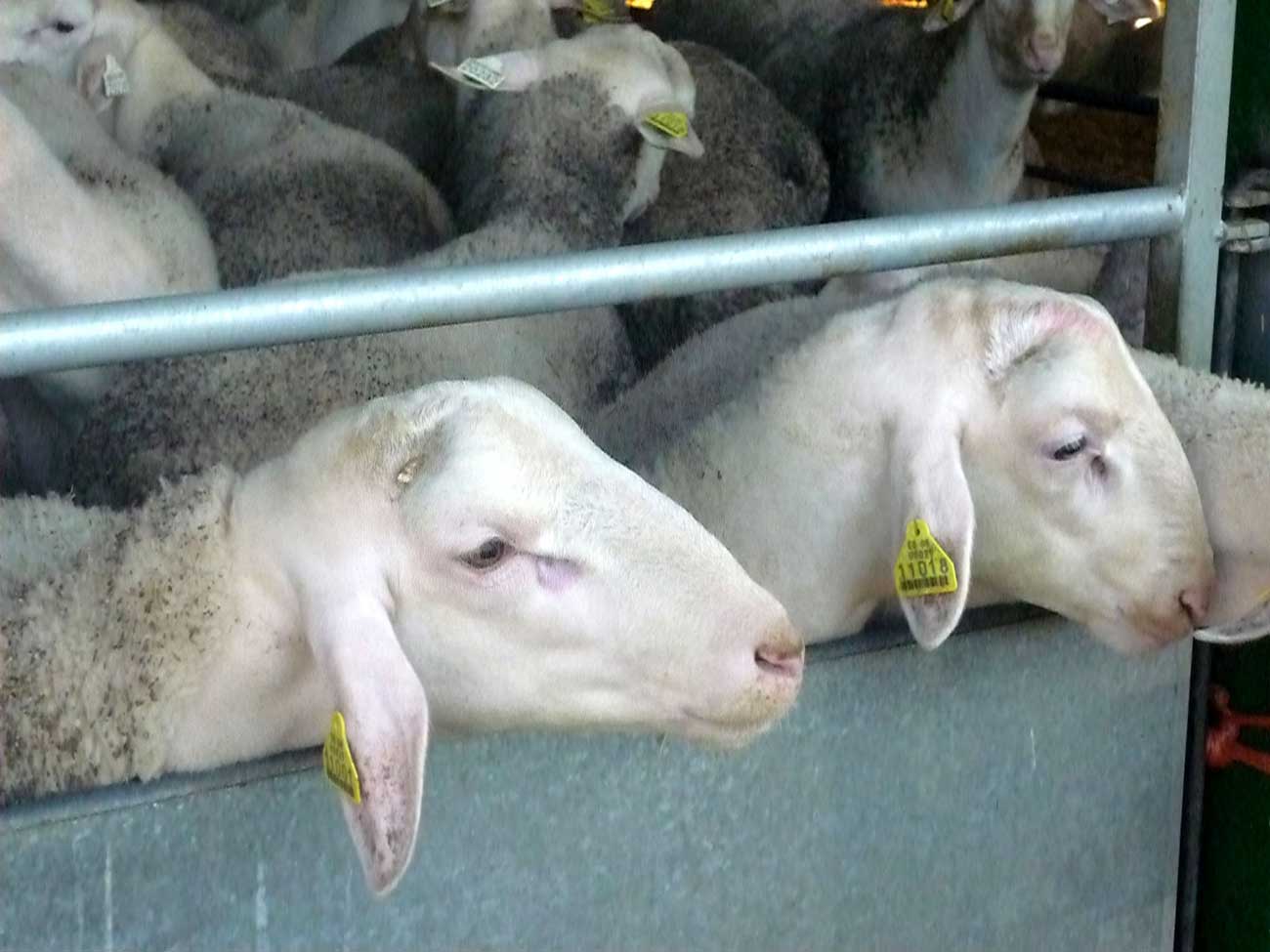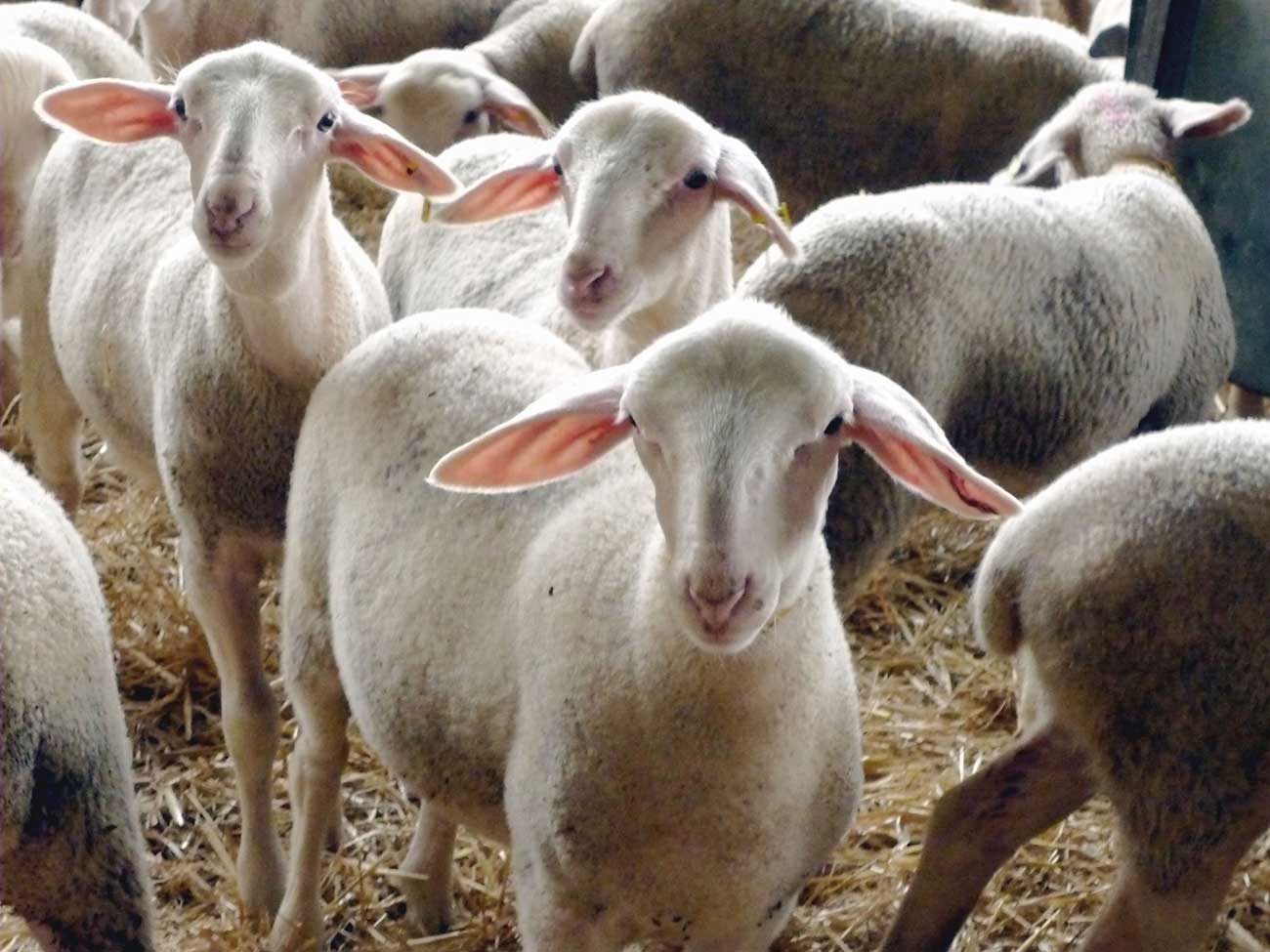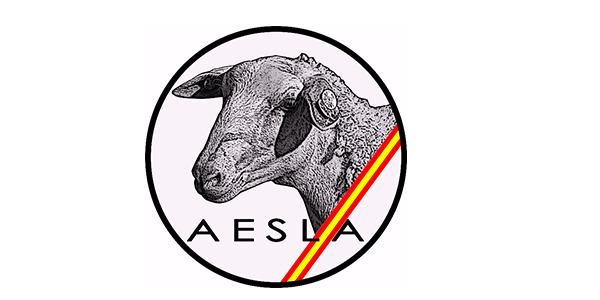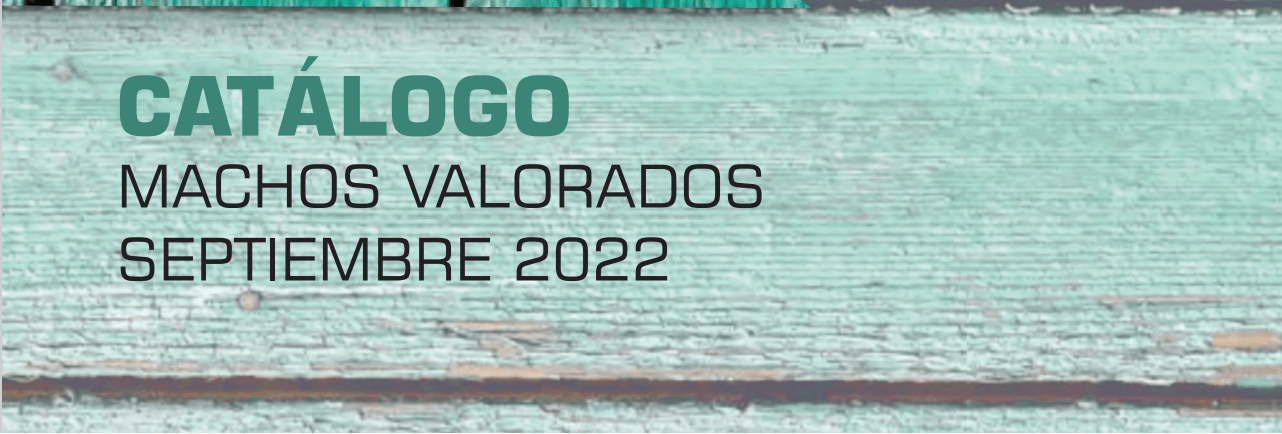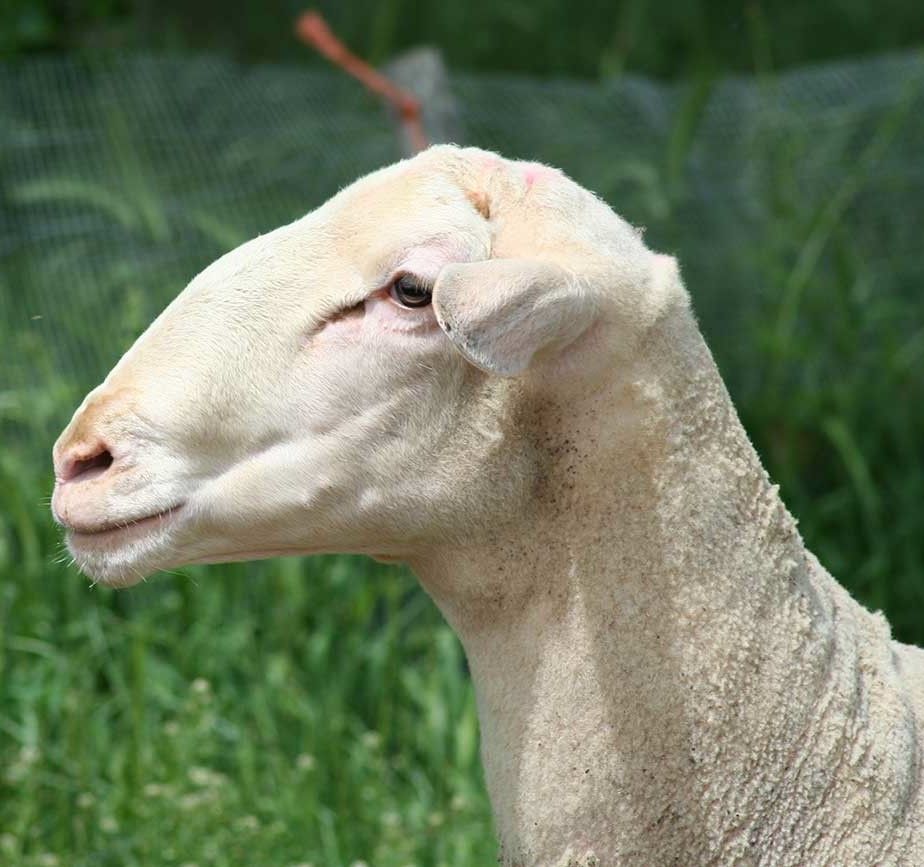
general Characteristics
The Lacaune sheep breed is known for its hardiness and high milk production.
Likewise, it exhibits excellent adaptability for mechanical milking, with a well-formed mammary system, and 80% of the animals have two milk ejection peaks during milking, allowing for 80% of the milk to be obtained by machine, with no manual udder manipulation.
It is recognized for its quality in meat production, yielding lambs with a high feed conversion rate and very good carcass quality. It demonstrates good adaptability to the Spanish climate and production systems.
PRODUCTIVE CHARACTERISTICS & SYSTEMS OF OPERATION
Regarding milk production, average lactations last 175 days, with average milk yields of 405 liters per lactation.
In standardized 150-day lactations, production reaches 350 liters. These figures surpass those recorded in the typical systems of this breed in its area of origin, which usually achieve 275 liters marketed after weaning within 165 days of lactation. However, there is significant variability among animals, emphasizing the need to work towards standardizing these yields and implementing an effective improvement program.
The milk quality exhibits average values of 7.04% fat and 5.56% protein, parameters highly suitable for the production of quality cheeses.
In terms of reproductive behavior, the age at first mating is typically around 8-9 months, with an average weight of 35-40 kg. The average observed prolificity is 1.65. The average live weight of the lamb at birth is 2.5-3 kg. The age and weight at slaughter can be for suckling, at just under a month of age and around 11 kg, or for early fattening lambs, reaching 23-25 kg at 75-85 days of age.
Most farms raise the breed in open housing systems, are managed by young owners, and have good infrastructure and a high level of technological advancement. These are large-scale operations, with an average of around 850 breeding females per farm. They use mechanical milking (100% of the farms), and they predominantly practice artificial lamb rearing.
Geographical distribution
Currently, there are significant populations of Lacaune sheep in regions such as Andalusia, Castilla-La Mancha, Navarra, Castilla y León, Extremadura, and others. While in some geographical areas like Castilla-La Mancha and Extremadura, there is coexistence of Lacaune sheep with native breeds associated with specific quality marks, in other regions with less tradition in dairy sheep farming, such as the specific case of the Valle de los Pedroches (Córdoba), what has occurred is the introduction of this type of livestock, with operational systems similar to dairy cattle, as an alternative to the latter.
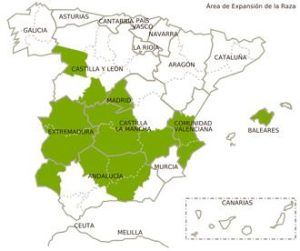
INFORMATION
 Cuéntanos tus características y necesidades para poder ofrecerte la solución que mejor se adapte a tu contexto. Contacta con nosotros si tienes aclaraciones o sugerencias de productos o servicios que necesites.
Cuéntanos tus características y necesidades para poder ofrecerte la solución que mejor se adapte a tu contexto. Contacta con nosotros si tienes aclaraciones o sugerencias de productos o servicios que necesites.Presupuesto total: 543.404,60 euros. Cofinanciado UE al 80% por el Fondo Europeo Agrícola de Desarrollo Rural- FEADER y al 20% por el MAPA. La Dirección General de Desarrollo Rural, Innovación y Formación Agroalimetnaria (DGDRIFA) es la autoridad de gestión encargada de la aplicación de la ayuda FEADER y nacional correspondiente.
https://ec.europa.eu/info/eu-
Creación de una base y estructura de comercialización e internacionalización de material genético de razas puras españolas mediante análisis de la situación actual y elaboración de plan estratégico para la exportación. El objetivo es desarrollar un análisis estratégico de la internacionalización y desarrollo de estructura y protocolos de comercialización del material genético según demanda y requisitos de países objetivos para las razas participantes del proyecto y para el conjunto de la cabaña ganadera España. Organismo responsable de contenido: miembros del GO EXPORTGEN.
 Livestock Genetics from Spain (LGFS) es una plataforma para dar visibilidad al Grupo Operativo (G.O) ExportGen, integrado por FEAGAS como miembro ejecutor, así como los miembros asociados ASEAVA (Asociación de Asturiana de los Valles), ACRUGA (Asociación de Rubia Gallega) y ANCCE (Asociación del Caballo Pura Raza Español). El objetivo es dar a conocer estas 3 razas fuera de España.
Livestock Genetics from Spain (LGFS) es una plataforma para dar visibilidad al Grupo Operativo (G.O) ExportGen, integrado por FEAGAS como miembro ejecutor, así como los miembros asociados ASEAVA (Asociación de Asturiana de los Valles), ACRUGA (Asociación de Rubia Gallega) y ANCCE (Asociación del Caballo Pura Raza Español). El objetivo es dar a conocer estas 3 razas fuera de España.
Para la creación del grupo operativo Creación de estructura de comercialización y exportación de material genético, se ha concedido una ayuda de 543.404,60€, cofinanciada por el Fondo Europeo Agrícola de Desarrollo Rural (FEADER) (80%) y MAPAMA (20%).

